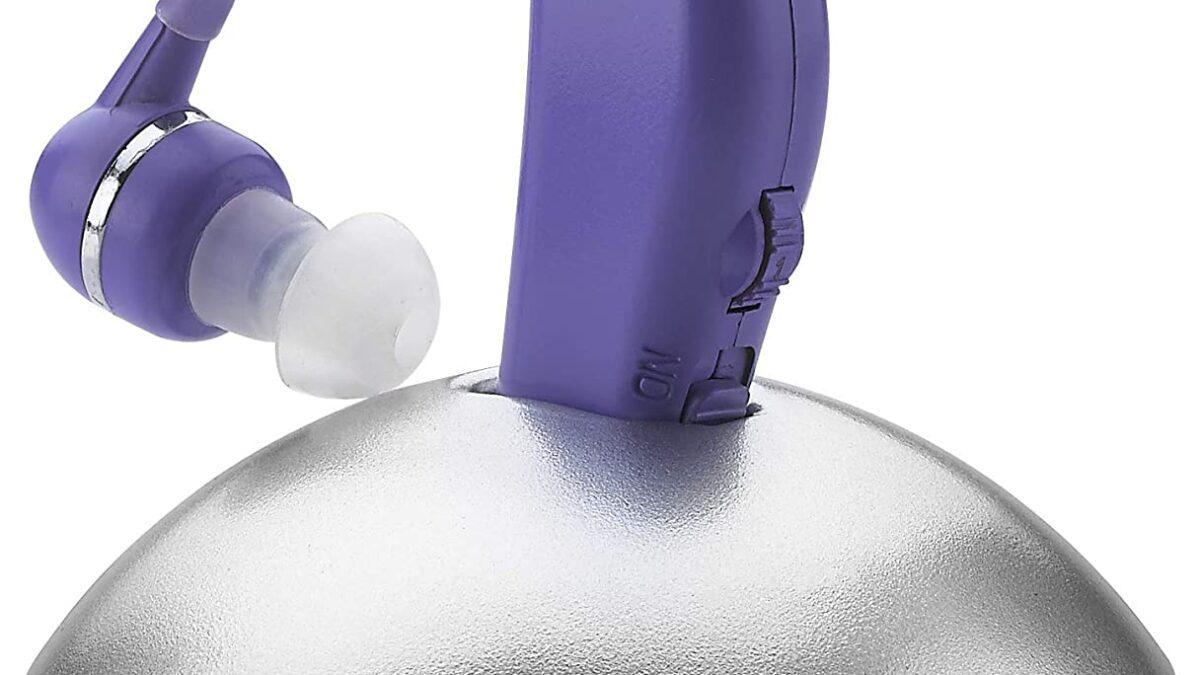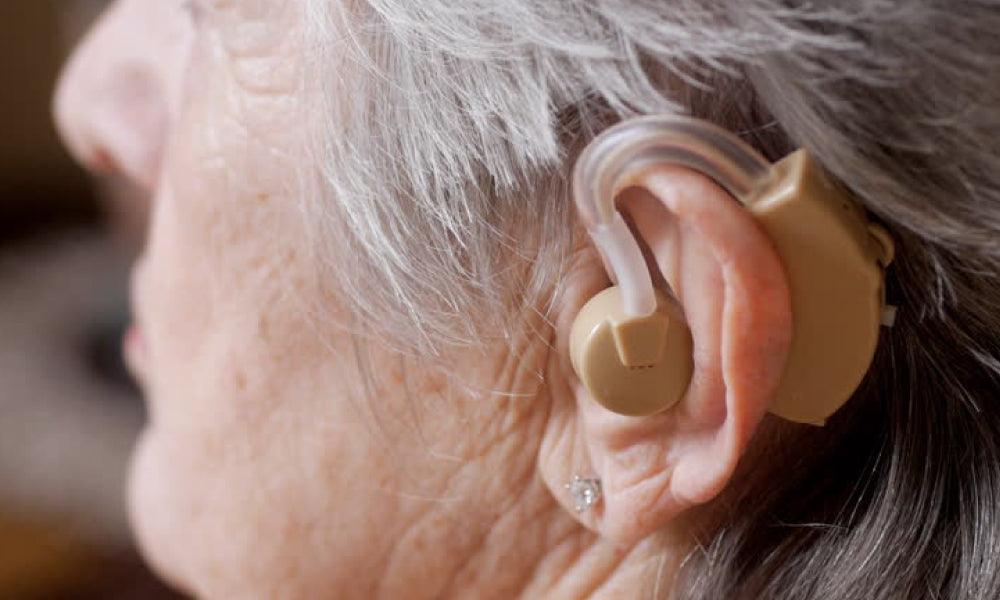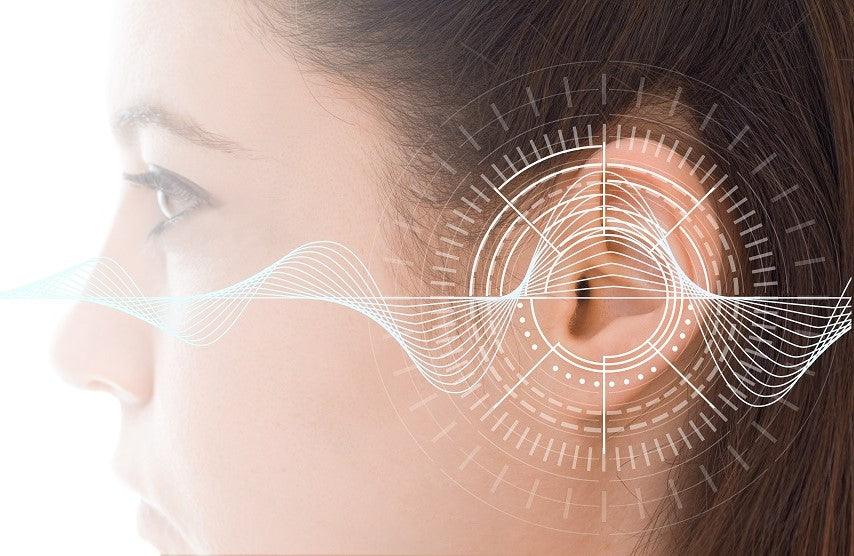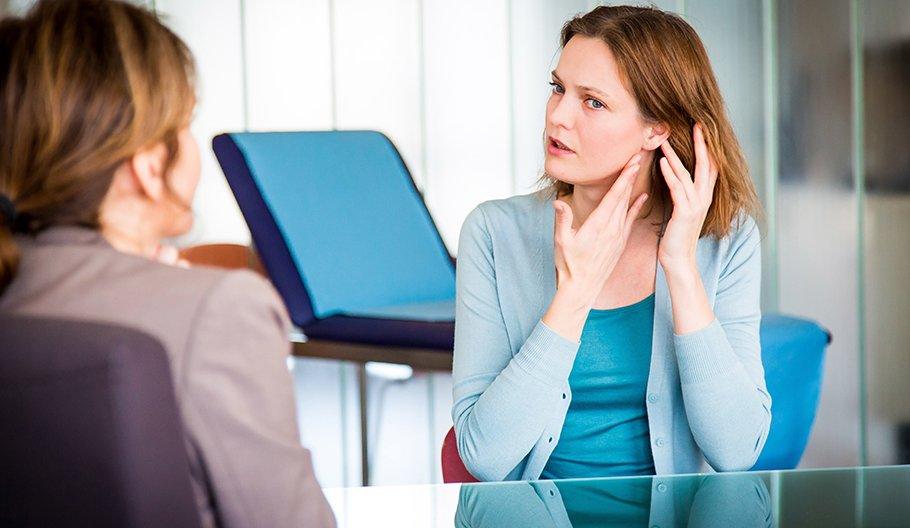Loud noise in the workplace might lead to hearing loss. A person’s hearing may be permanently damaged if they are exposed to loud noises for an extended period. Doing a noise assessment and taking action on the discovered concerns will help you fulfill your health and safety officer obligations.
To reduce the influence of sound, several measures are applied
Your company must create a procedure for soliciting feedback from employees. Those who work in a noisy environment should be able to express their concerns to management about the possible health and safety risks they face.If your workplace has several noise sources, you may need more than one noise reduction solution to deal with the problem. Make every effort possible to reduce the noise level to the lowest possible level if you are going to wear a digital rechargeable hearing aid.

Make an appointment with your doctor to get your hearing tested
Workers who are often exposed to high noise levels or may be more susceptible to hearing loss due to a pre-existing medical condition must have hearing tests performed. Also, there comes the use of digital rechargeable hearing aids.
Newly recruited employees who will be working in noisy surroundings should get their hearing tested at the outset of their employment. You may use this to get an idea of where your health and hearing are starting. This will help determine whether or not the individual is at risk of developing hearing loss throughout his or her career.
Legislative limits on excessive noise
For daily or weekly exposures of 80 dB or more (32 points), with a peak sound pressure level of more than 135 decibels, you must take specific steps to protect yourself against noise-induced hearing loss.
A daily or weekly 85 dB (100 exposure points) or 137 dB peak sound pressure is the highest limit for exposure action values. If any of your workers are exposed at these levels, additional controls will be necessary.
It would help if you avoided daily or weekly exposure levels at or above the exposure limit values of 87 dB peak sound pressure and 140 dB for your staff.
You may learn more about workplace noise regulations at the Health and Safety Executive’s (HSE) website.
Noise pollution should be reduced
By decreasing the general decibel level in the workplace, you may reduce the risk of hearing damage among your employees. Shock absorbers, for example, or other types of equipment that are safer to use should be considered.

A hearing aid should be available.
For the most part, hearing protection in a noisy environment should only be considered a short-term measure. To reduce noise, you should attempt to decrease the exposure action settings. The use of protection should only be used as a last resort if all other attempts to reduce noise levels have failed.
Providing adequate hearing protection to workers who are subjected to noise levels over 80 dB while also attempting to keep noise levels as low as possible is an innovative business practice.
You must ensure that everyone who will be exposed to noise levels of greater than 85 dB A is wearing hearing protection.
Signs showing where persons are needed to wear hearing protection should be placed in the designated locations.






Share:
Tips to use your hearing aid for as long as possible
Why should you consult with an audiologist for hearing aids?